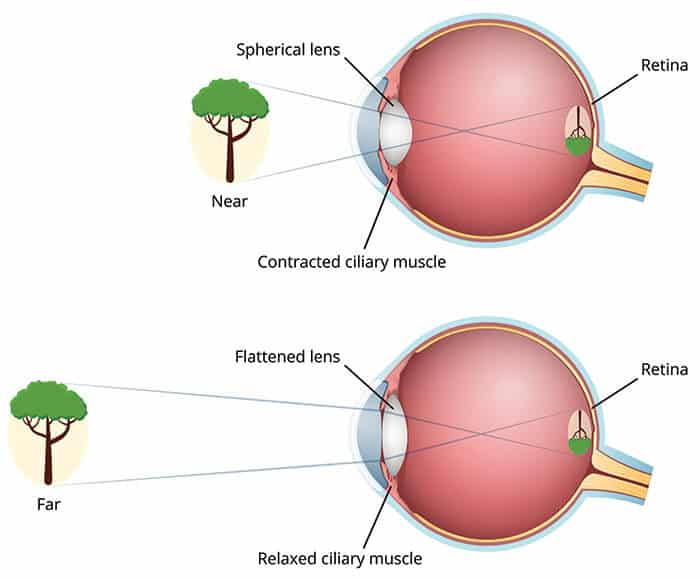
At Sweeney Eye Associates, we offer a wide range of protective and diagnostic services to protect your vision. We also treat several problems with the retina in the eye.
What is the function of the eye’s retina?
The retina is the delicate part of the eye that covers its interior wall. It is a light-sensitive tissue that is similar to the film in a camera, whose function is to receive images that are projected through the eye’s lens. These images are then sent to the brain through the optic nerve. The retina plays a crucial role in vision, so when it’s affected, so is your vision. The retina may be damaged due to illness, injury, or simply as a result of aging.
What is post-vitreous detachment?
Posterior vitreous detachment, or PVD, is a condition of the eye where the vitreous gel shrinks and separates from the retina. It is a normal part of aging, and since it happens over a period of time, you may not notice it.
PVD happens because the vitreous gel that fills the eyeball behind the lens begins to change sometime between age 40 and 50. The gel’s normal structure breaks down and parts shrink and lose fluid. Thick strands of the gel form and drift through the eye. These appear as floaters in front of your vision. The PVD sufferer may also see flashes of light.
This kind of PVD doesn’t usually cause any problems. But if the vitreous gel has a strong attachment to the retina, the gel can pull so hard on the retina that it tears the retina. This allows fluid to collect under the retina and may lead to retinal detachment.
What is retinal detachment?
Retinal detachment happens when the retina separates from the lining of the eye’s inner back wall. Retinal detachment can be a result of retinal tears, holes, and traction, which can be due to the formation of scar tissue in the retinal surface. The retina cannot function under these circumstances, so when retinal detachment is not properly addressed, the condition may develop into permanent vision loss. Retinal detachment can happen without warning, but often, particularly if detachment originated with a retinal tear, the person will see flashes and floaters. If treated before full detachment occurs, a simple laser procedure performed in office can prevent the need for more serious surgery.
What is diabetic retinopathy?
Diabetic retinopathy is a retinal condition that occurs as a complication of diabetes. The condition causes swelling and weakening of the retinal blood vessels, which can lead to blood and other liquid leaking into the retina. This bleeding affects vision, but it can also create scar tissue that can cause retinal detachment. Once this happens, vision loss may occur. Diabetic retinopathy may be prevented if blood sugar levels and blood pressure are controlled. Beyond that, our doctors can perform laser photocoagulation to seal leaking blood vessels.
Have your eyes examined
A yearly eye exam, although it will not necessarily prevent the above conditions, can catch the conditions early enough that they can be addressed before there is any vision loss.







